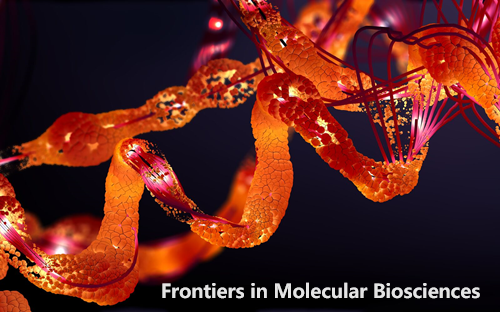肌无力发病机制中的非编码 RNA 及其网络
IF 3.9
3区 生物学
Q2 BIOCHEMISTRY & MOLECULAR BIOLOGY
引用次数: 0
摘要
重症肌无力(MG)是一种慢性自身免疫性疾病,主要影响神经肌肉接头,导致患者肌肉无力。以往的研究发现,胸腺和外周血单核细胞(PBMCs)中存在多种功能障碍,如胸腺中异位生殖中心的形成以及外周 T 辅助细胞和调节性 T 细胞的失衡,这些都是导致 MG 发病和发展的原因。最近的证据表明,非编码 RNA(包括 miRNA、lncRNA 和 circRNA)可能在 MG 的发展过程中扮演重要角色。此外,这些非编码 RNA 之间的网络,如竞争性内源性 RNA 调控网络,也被发现参与了 MG 的进展。在这篇综述中,我们总结了 miRNA、lncRNA 和 circRNA 的作用,强调了它们作为诊断 MG 的生物标记物的潜在应用,并讨论了它们在 MG 发展过程中异常胸腺和 PBMCs 中的潜在调控网络。本文章由计算机程序翻译,如有差异,请以英文原文为准。
Non-coding RNA and its network in the pathogenesis of Myasthenia Gravis
Myasthenia Gravis (MG) is a chronic autoimmune disease that primarily affects the neuromuscular junction, leading to muscle weakness in patients with this condition. Previous studies have identified several dysfunctions in thymus and peripheral blood mononuclear cells (PBMCs), such as the formation of ectopic germinal centers in the thymus and an imbalance of peripheral T helper cells and regulatory T cells, that contribute to the initiation and development of MG. Recent evidences suggest that noncoding RNA, including miRNA, lncRNA and circRNA may play a significant role in MG progression. Additionally, the network between these noncoding RNAs, such as the competing endogenous RNA regulatory network, has been found to be involved in MG progression. In this review, we summarized the roles of miRNA, lncRNA, and circRNA, highlighted their potential application as biomarkers in diagnosing MG, and discussed their potential regulatory networks in the abnormal thymus and PBMCs during MG development.
求助全文
通过发布文献求助,成功后即可免费获取论文全文。
去求助
来源期刊

Frontiers in Molecular Biosciences
Biochemistry, Genetics and Molecular Biology-Biochemistry
CiteScore
7.20
自引率
4.00%
发文量
1361
审稿时长
14 weeks
期刊介绍:
Much of contemporary investigation in the life sciences is devoted to the molecular-scale understanding of the relationships between genes and the environment — in particular, dynamic alterations in the levels, modifications, and interactions of cellular effectors, including proteins. Frontiers in Molecular Biosciences offers an international publication platform for basic as well as applied research; we encourage contributions spanning both established and emerging areas of biology. To this end, the journal draws from empirical disciplines such as structural biology, enzymology, biochemistry, and biophysics, capitalizing as well on the technological advancements that have enabled metabolomics and proteomics measurements in massively parallel throughput, and the development of robust and innovative computational biology strategies. We also recognize influences from medicine and technology, welcoming studies in molecular genetics, molecular diagnostics and therapeutics, and nanotechnology.
Our ultimate objective is the comprehensive illustration of the molecular mechanisms regulating proteins, nucleic acids, carbohydrates, lipids, and small metabolites in organisms across all branches of life.
In addition to interesting new findings, techniques, and applications, Frontiers in Molecular Biosciences will consider new testable hypotheses to inspire different perspectives and stimulate scientific dialogue. The integration of in silico, in vitro, and in vivo approaches will benefit endeavors across all domains of the life sciences.
 求助内容:
求助内容: 应助结果提醒方式:
应助结果提醒方式:


